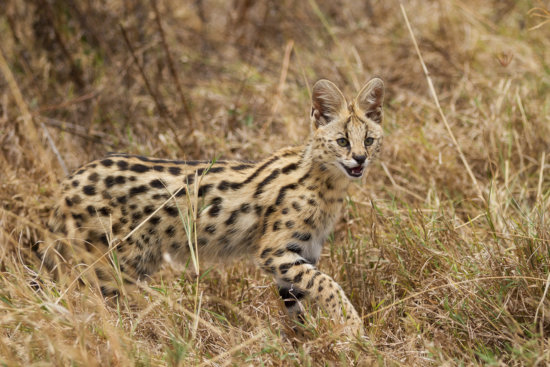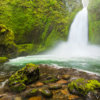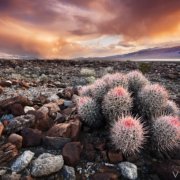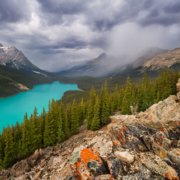Focus Settings: 5 Common Mistakes To Avoid
One of the questions I get asked most frequently is “how can I get sharper photos?” There are many reasons why a photo might not be as sharp as you’d like, making the problem difficult to diagnose.
The best place to start is to make sure you understand how your camera’s focus settings work and when to use them so you can avoid these common focusing mistakes.
1. Using the wrong focus mode
Your camera has three autofocus modes: single-shot, continuous, and automatic.
Single-Shot Mode (or AF-S)
In single-shot mode, once you lock focus on your subject, the camera stays focused on that focal plane. It is locked down and wont shift. This is best used for stationary subjects. It is particularly useful if you like to use the focus and recompose technique where you lock focus by pressing the shutter half way down, then, while holding the shutter half way down, recompose your shot.
Continuous Mode (AF-C or AI Servo)
When you use continuous mode, you lock focus on your subject, and then the camera will track the subject maintaining focus as it moves through your frame. This is best for subjects that are in motion such as wildlife.
Automatic Mode (AF-A or AI Focus)
In this mode, your camera decides which of the above two focus modes to use. While modern cameras are pretty smart, the idea is to take control by telling your camera what to do, not the other way around. I recommend not using automatic mode and instead consciously choose between single-shot and continuous mode.
2. Letting your camera choose the focus point
Your camera likely has a couple of settings such as “wide” or “zone” which include a number of focus points that your camera can choose from when you let it decide where to focus. The problem is that your camera doesn’t always pick the right spot. It might pick an object that is slightly in front of or behind your main subject.
For the best results, tell your camera where you want it to focus by using “spot” focus and manually selecting the correct focus point.
3. Not understanding depth of field
Depth of field, or the area of your photo that is sharp, is measured from the focal point. The amount of depth of field is determined by your aperture. If you use a wide aperture, your depth of field may be only a few inches in front of and behind your focal point. If you use a small aperture, your depth of field will be much larger.
Rather than getting into a bunch of mathematics here, the best way to get a handle on depth of field is to try an experiment. With your camera on a tripod, set it to aperture priority mode and take the exact same photo using each aperture setting and then evaluate the images back at your computer. You’ll see how changes in the aperture setting affects depth of field. Do this with each of your lenses because it changes quite a bit depending on your focal length.
4. Focusing in the wrong place
When you do the experiment above, you’ll also find out how important it is to focus in exactly the right spot if you are going to use a wide aperture. For example, if you use a telephoto lens and a wide aperture, your depth of field will be very shallow. If you don’t focus in the right place, the most important thing in your frame could end up being softer than you would like. If you are shooting wildlife or people, it is critical that the eye is sharp.
5. Not using manual focus
I’m a big fan of autofocus! I couldn’t live without it. My happiest gear purchase memory is my first autofocus lens. But there are still certain times when switching to manual focus is a good idea.
For example, if you are shooting in the evening and it is getting darker outside, you might find that your camera will not be able to achieve autofocus when there is less light. To prevent this from happening, you can set the focus when you have enough light and then switch your camera to manual focus to prevent it from trying to refocus later.
Another occasion when manual focus is helpful is for macro photography when your depth of field may be razor thin. When you’re set up on a tripod so your camera is stable, switch to manual focus and use live-view on your LCD screen and zoom in. This will allow you to make tiny adjustments to the focus to get it just right. I love this technique for flower photography when you want just a small part of the flower to be sharp.
Understanding how your camera’s settings work and when to use them will go a long way to help you get those “tack sharp” photos that every photographer wants.













